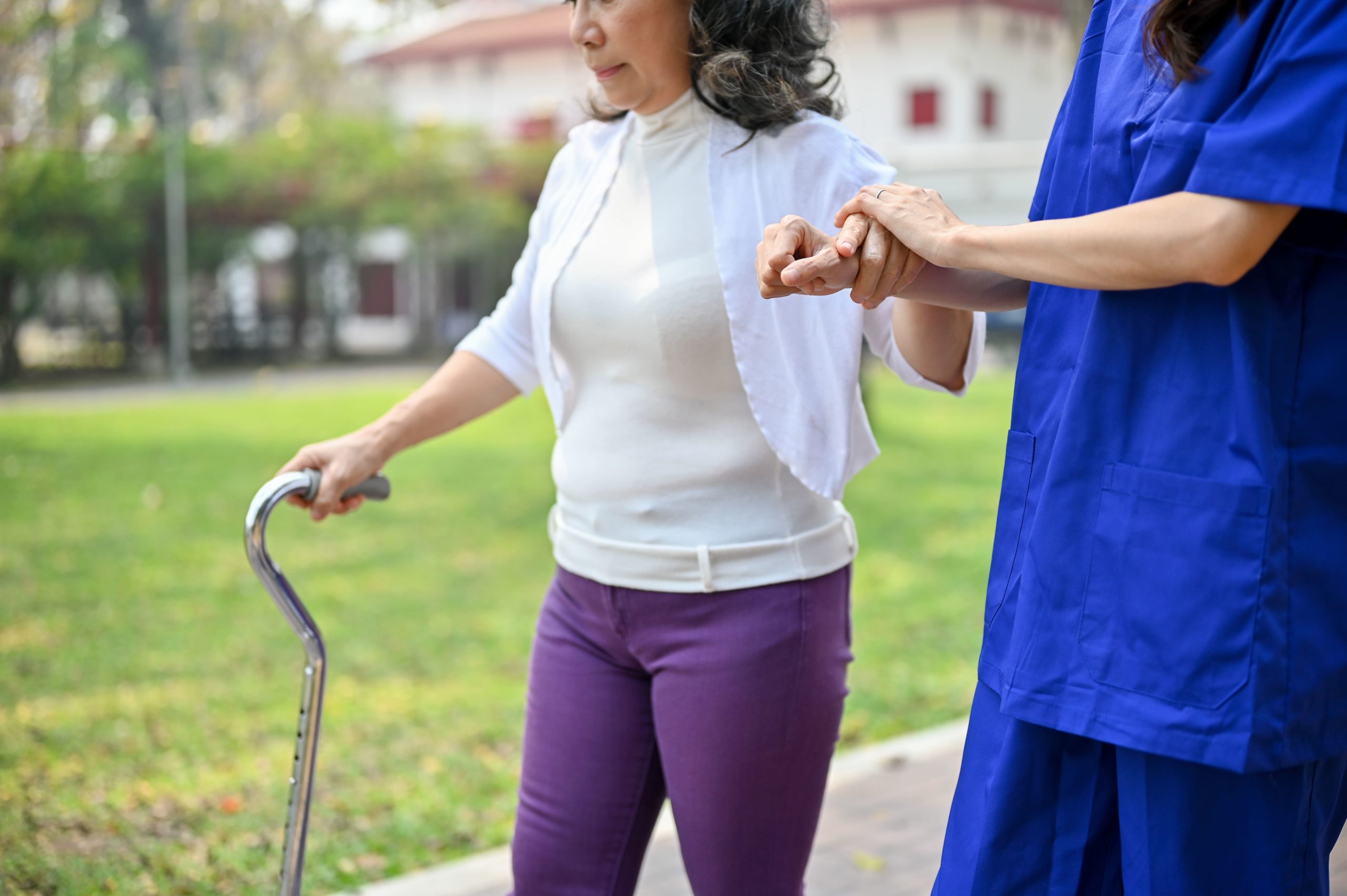

When it comes to foot health, calluses and corns are common issues that many of us face. These hard, thick patches of skin can be painful and unsightly, and can often be caused by a variety of factors. But did you know that having a stroke can also increase your risk of developing calluses and corns on your feet?
What is a stroke?
A stroke occurs when the blood supply to the brain is disrupted, either by a blood clot or a ruptured blood vessel. This can cause a range of symptoms, including weakness or paralysis on one side of the body, difficulty speaking or understanding language, and vision problems.
In addition to these well-known symptoms, a stroke can also affect the way you walk and move. This can increase your risk of developing calluses and corns on your feet.
How does a stroke can increase your risk of calluses and corns?
When you have a stroke, the muscles on one side of your body may become weaker or paralysed. This can affect the way you walk and stand, causing you to put more pressure on certain areas of your feet.
For example, if you have weakness or paralysis on the right side of your body, you may lean more heavily on your left foot when standing or walking. This can cause increased pressure on the left foot, which can lead to calluses and corns.
In addition to changes in your gait, a stroke can also affect your sensation. You may experience numbness or tingling in your feet, which can make it more difficult to feel when your shoes are rubbing or causing friction.
If you have difficulty moving or limited mobility due to a stroke, you may also be more likely to wear shoes that don’t fit properly. This can further increase your risk of developing calluses and corns.
How can you help prevent calluses and corns after a stroke?
If you have had a stroke and are concerned about your risk of developing calluses and corns, there are several steps you can take to prevent these conditions:
Wear properly fitted shoes: Choose shoes that fit well and provide adequate support, as poorly fitting shoes have been linked to the development of foot problems including corns and calluses.1 Look for shoes with a wide toe box and low heels, as these will help distribute pressure more evenly across your feet. A fastening mechanism, such as laces or a Velcro strap, will also reduce the shoe movement of the shoe on the foot when walking, thus reducing the risk of rubbing.
Use topical agents: Under guidance from a podiatrist, applying certain creams can assist with the corns and calluses making them softer.2
Keep your feet clean and dry: Make sure to wash and dry your feet regularly, paying particular attention to the areas where calluses and corns tend to develop.
Stretch and exercise: Work with a podiatrist or physiotherapist to develop an exercise program that can help improve your strength, mobility, and balance. This can help reduce your risk of falls and improve your overall foot health.
When to see a podiatrist?
If you have difficulty caring for your feet or have persistent foot pain, make an appointment with a podiatrist. A podiatrist can examine your feet and recommend treatment options to help relieve your symptoms and prevent further complications.
Conclusion
If you have had a stroke, it’s important to be aware of your risk of developing calluses and corns. Changes in your gait and sensation can increase your risk of these conditions, but there are steps you can take to prevent them. By wearing properly fitted shoes, using cushioning pads, and working with a health professional to improve your strength and mobility, you can reduce your risk of calluses and corns and improve your overall foot health. If you have any concerns about your foot health after a stroke, don’t hesitate to reach out to a podiatrist for guidance and support.
References
[1] Buldt, A. M. (2018). Incorrectly fitted footwear, foot pain and foot disorders: a systematic search and narrative review of the literature. J Foot Ankle Res, 11, 43.
[2] Jones, S. &. (2020). A clinical review of Dermatonics Once Heel Balm to assess its impact on callus associated with neuropathy and podiatry workloads. Diabetic Foot, 23(1), 27.


